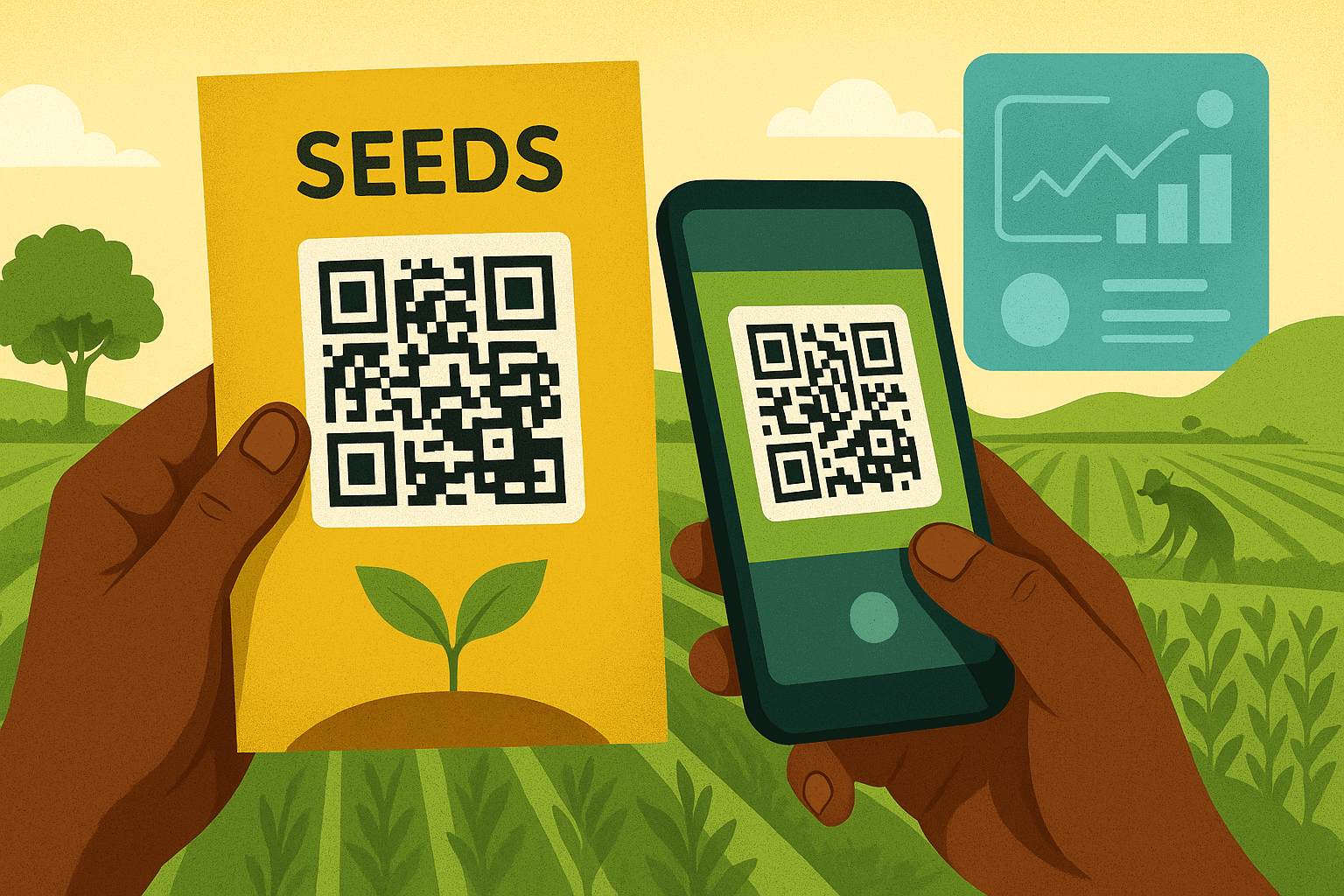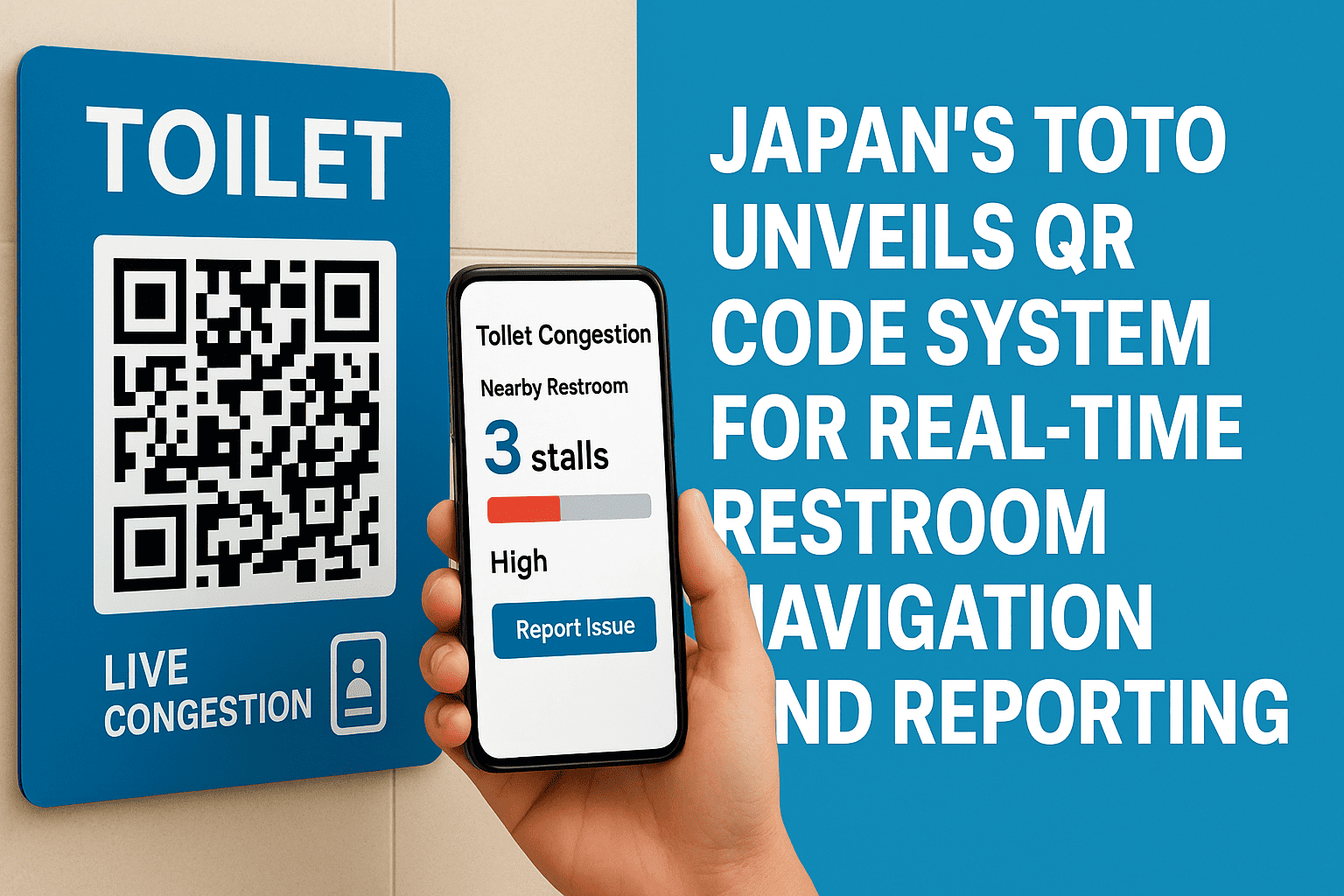Quick Summary
Issue: In FY25, over 32,500 seed samples failed quality checks, causing losses for farmers.
Solution: Introduction of the centralized SATHI platform combined with QR-Coded seed packets for end-to-end traceability.
Legislative Push: A Seed Bill is in the works to make SATHI participation and data entry mandatory, backed with stronger penalties.
Impact: The QR system empowers farmers to verify seed origin and quality swiftly, safeguarding livelihoods.
Table of Contents
Introduction
When a packet of seeds fails to germinate or produce expected yields, the ripple effects can be disastrous for farmers-crop failure, rising debt, and shattered confidence. India’s agriculture authorities have pinpointed a staggering root cause: substandard or counterfeit seeds. In FY25 alone, more than 32,500 seed samples were deemed substandard-often disguised under trusted brand names. In response, the government has mobilized a cutting-edge digital defense: the SATHI portal combined with QR-coded seed packets-a system designed to restore trust, transparency, and quality in the nation’s seed supply chain.
What Is SATHI?
SATHI - short for Seed Traceability, Authentication, and Holistic Inventory is a centralized digital platform developed by the Ministry of Agriculture & Farmers Welfare in collaboration with NIC . Launched in April 2023, its first phase captures granular data from breeder to certified seed producers, including digital field inspections. The upcoming Phase II will extend coverage to the entire seed supply chain, with real-time inventory tracking and subsidy integration .
How QR-Coded Seeds Work?
Each certified seed packet bears a unique QR code. Scanning it grants farmers instant access to the seed’s pedigree - its origin, grower, testing results, and certifying agency . This allows instant authenticity checks at the point of sale and helps track inventory seamlessly among breeders, dealers, and regulators .
Scale of the Problem
In FY25 alone, more than 32,500 seed samples failed quality checks - a clear signal of widespread substandard seed distribution . In earlier years, such failures, though fewer, still posed a grave threat. For instance, in FY 2023–24, out of 133,000 samples tested, 3,630 were found substandard .
Digital Traceability in Action
Through SATHI, every stage of a seed packet’s journey from breeder to farmer is mapped in real time. The platform supports mobile-based field inspections, inventory monitoring, and transparent subsidy disbursals via direct benefit transfer (DBT) to registered farmer bank accounts .
Legislation & Enforcement
The government is preparing a Seed Amendment Bill to strengthen the Seeds Act (1966). It aims to make traceability via QR codes mandatory, enforce stricter accountability, and raise penalties for violations. States like Haryana have already passed their own laws - its 2025 amendment allows for imprisonment of 1-3 years and fines up to ₹5 lakh for fake seed offenses. The Ministry is also upgrading seed testing labs under PM-RKVY and tightening pesticide standards in parallel.
Benefits for Farmers & the System
Immediate seed verification: QR codes empower farmers to confirm authenticity assured by credible data.
Deterrence of counterfeiters: Digital traceability narrows the window for fake seed circulation.
Efficient subsidy delivery: DBT ensures that support reaches legitimately registered farmers quickly.
Data-driven policymaking: Real-time dashboards help regulators monitor supply–demand and anticipate shortages.
Conclusion
India’s SATHI initiative, underpinned by QR-coded seed packets and digital inventory tracking, marks a pivotal leap in agricultural reform. By combining technology with legislation, the government is turning the tide against counterfeit seeds. Projecting a future where farmers can trust every seed they sow, harvests are more reliable, and livelihoods are secure.





